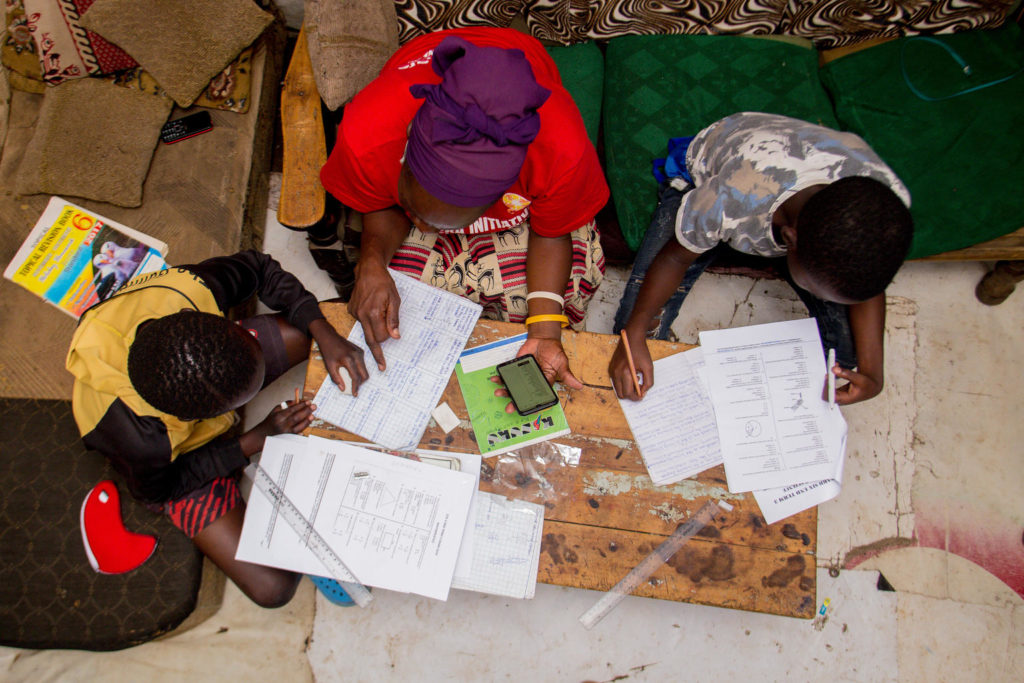Financing connectivity has been recognized as a key priority in the UN Roadmap for Digital Cooperation Working Group on Universal Connectivity and in the Broadband Commission Working Group on 21st Century Financing Models.
This session of the Road to Addis explored some innovative financing models and their application as well as some good practices and lessons learned in financing connectivity for sustainable development.
THE ROAD TO ADDIS
FINANCE2CONNECT: INNOVATIVE WAYS TO FINANCE CONNECTIVITY
Ladies and gentlemen,
Good morning, good afternoon and good evening, and welcome to today’s session entitled Finance2Connect: Innovative Ways to Finance Connectivity, which marks our next stop on the Road to Addis.
Today, we’re going to grapple with one of the toughest questions of all: What will it cost to connect the world – and how do we find those vital investment dollars at a time when countries are still reeling from the unprecedented, ongoing economic damage inflicted by the COVID crisis?
ITU’s “Connecting Humanity” report, released last year, estimates that US$428 billion will be needed to provide connectivity to 90% of the world’s people by 2030.
In Africa alone, the UN Broadband Commission for Sustainable Development estimated that $100 billion will be needed to bring broadband to everyone on the continent within that same timeframe.
If this investment funding was hard to find pre-COVID, it is going to be even harder to mobilize post-pandemic. And yet connectivity is the vital element that will help protect nations from future crises.
The past few months have shown that the world’s most-connected countries have succeeded much better in weathering the storm. Digital confers resilience. Digital protects economic performance and preserves social cohesion. And digital drives growth. New research from ITU indicates that a 10% increase in mobile broadband translates into a per-capita GDP increase of 2% or better – with poorer regions actually enjoying the biggest ‘broadband boost’.
So the big questions for our panelists today are:
- How do we convince governments to prioritize connectivity at a time when there are so many other urgent calls on the public purse?
- Once we have succeeded in convincing them, how can we help them find the resources they need to make their digital development strategies a reality?
As a starting point, I would suggest five broad areas of focus:
- A top-level commitment to broadband networks as basic infrastructure, as vital to national development as transport, energy, and water networks.
- New models for multi-stakeholder collaboration between industry, investors, governments, development finance institutions, donors, and international organizations. Our new Giga school connectivity initiative with UNICEF and a number of governments around the world is one good example.
- Enabling regulatory policies and incentives leveraging the principles of 5th generation ‘collaborative regulation’ to create investment-friendly environments.
- A Whole-of-Government approach whereby large-scale centralized government digital infrastructure projects are funded by substantial long-term savings for each government department, and
- An openness to emerging technologies, like blockchain, which provide new ways to monitor, measure and manage digital resources.
At the high-level debate on digital cooperation convened by the President of the General Assembly yesterday, I stressed the urgent need for the global community to work creatively with the private sector to forge entirely new paradigms to drive digital development.
This will be the key focus of ITU’s upcoming World Telecommunication Development Conference, which will bring together not just 193 governments, but ITU’s 800 private sector members, and national, regional and international financing and development institutions.
Right now, according to the OECD, out of $379 trillion in global financial assets, 81% are in high income countries, 19% in middle income countries and less than 1% in low income countries.
How can we change this picture, and help investment flow into areas where it is needed most? Are there creative ways to leverage the Universal Service Funds that over 80 nations have established, but which are sometimes languishing untapped? And what about the potential of emerging new types of investments, such as the estimated $US2 trillion held in cryptocurrencies?
Without further ado, it gives me great pleasure to welcome today’s outstanding panel of experts, who will share their views on the most effective and powerful ways to rapidly re-energize digital investment.
I encourage everyone in our audience today to also feel free to participate in our conversation by sharing your ideas and actionable solutions to accelerate efforts to reach unconnected communities via our chat function.

